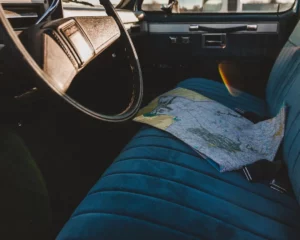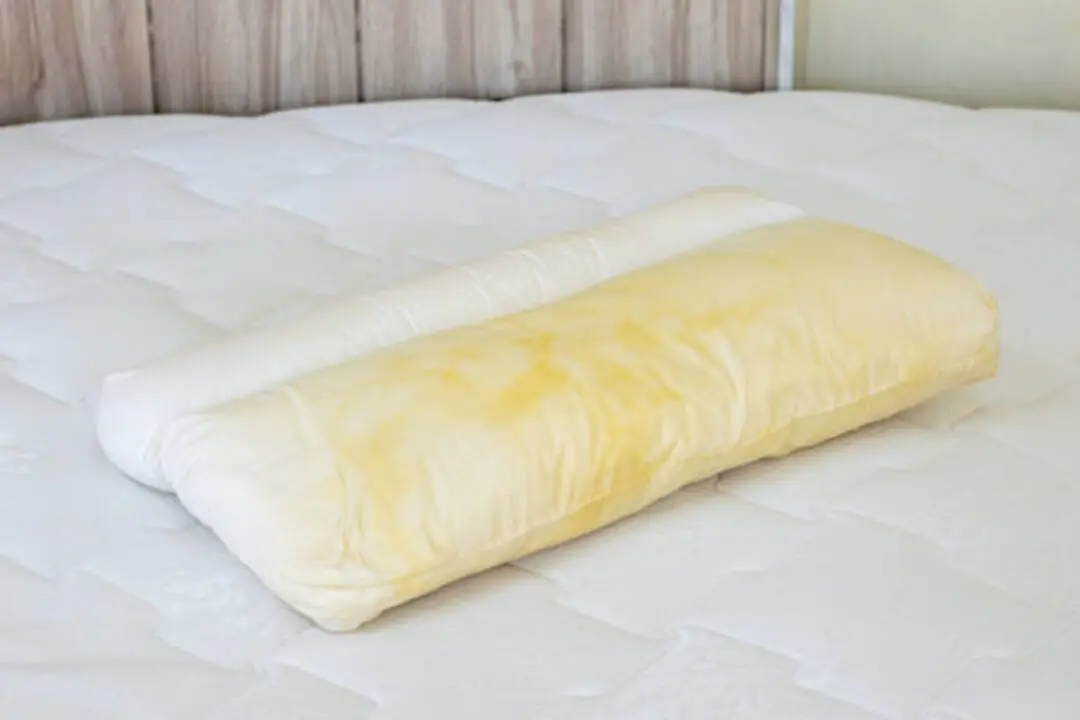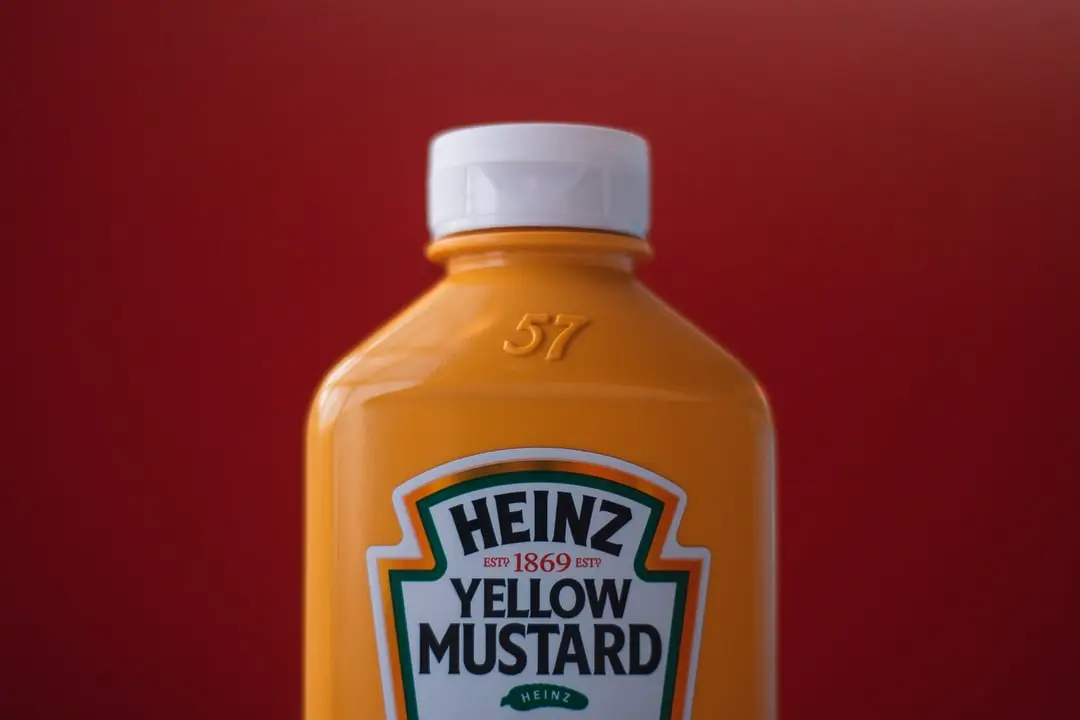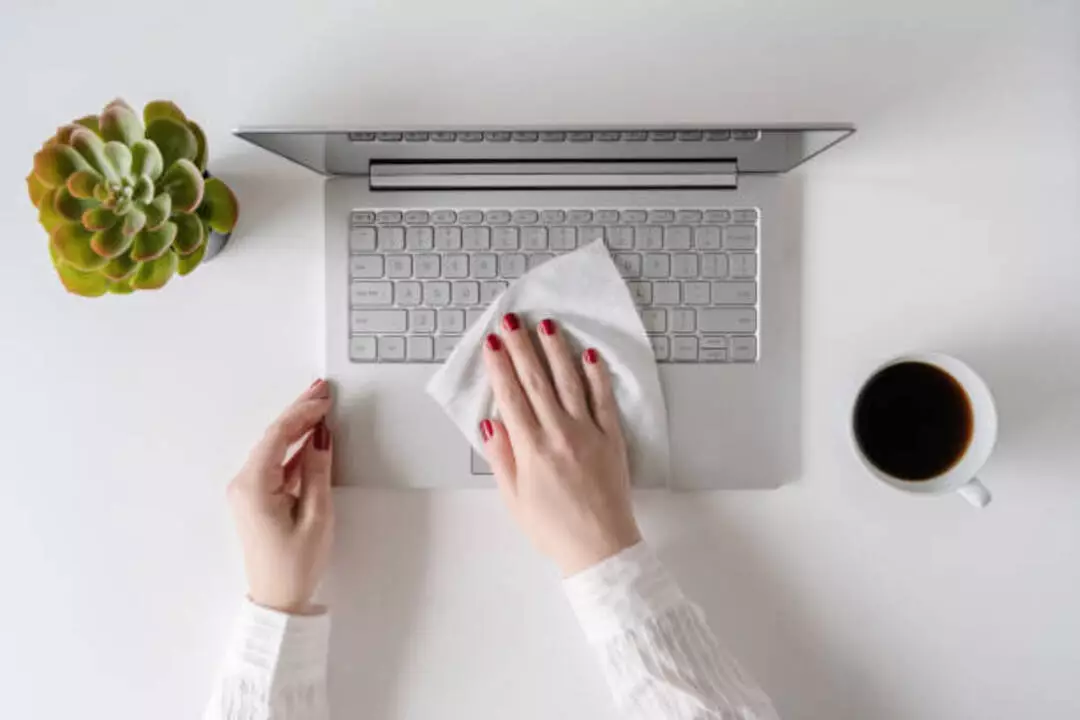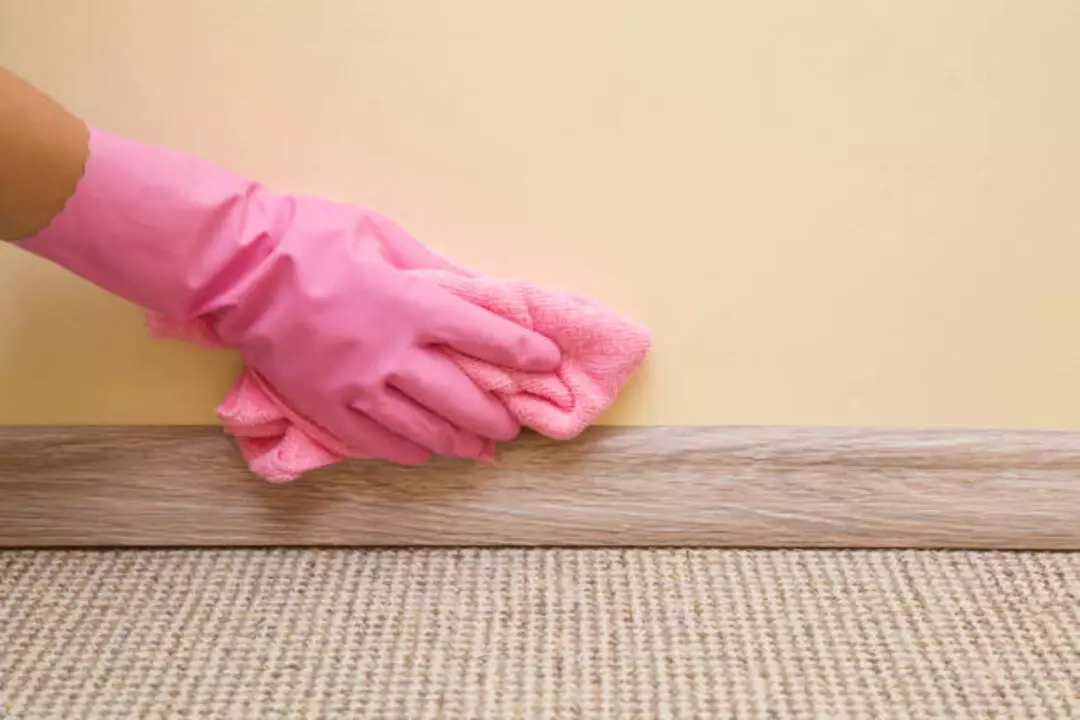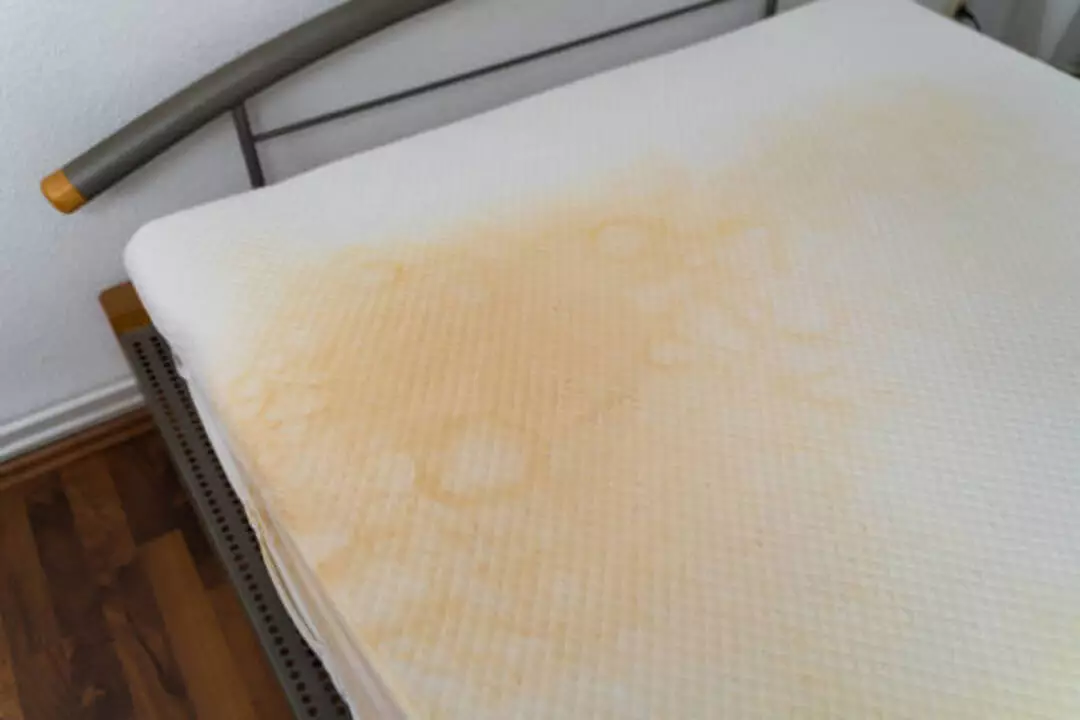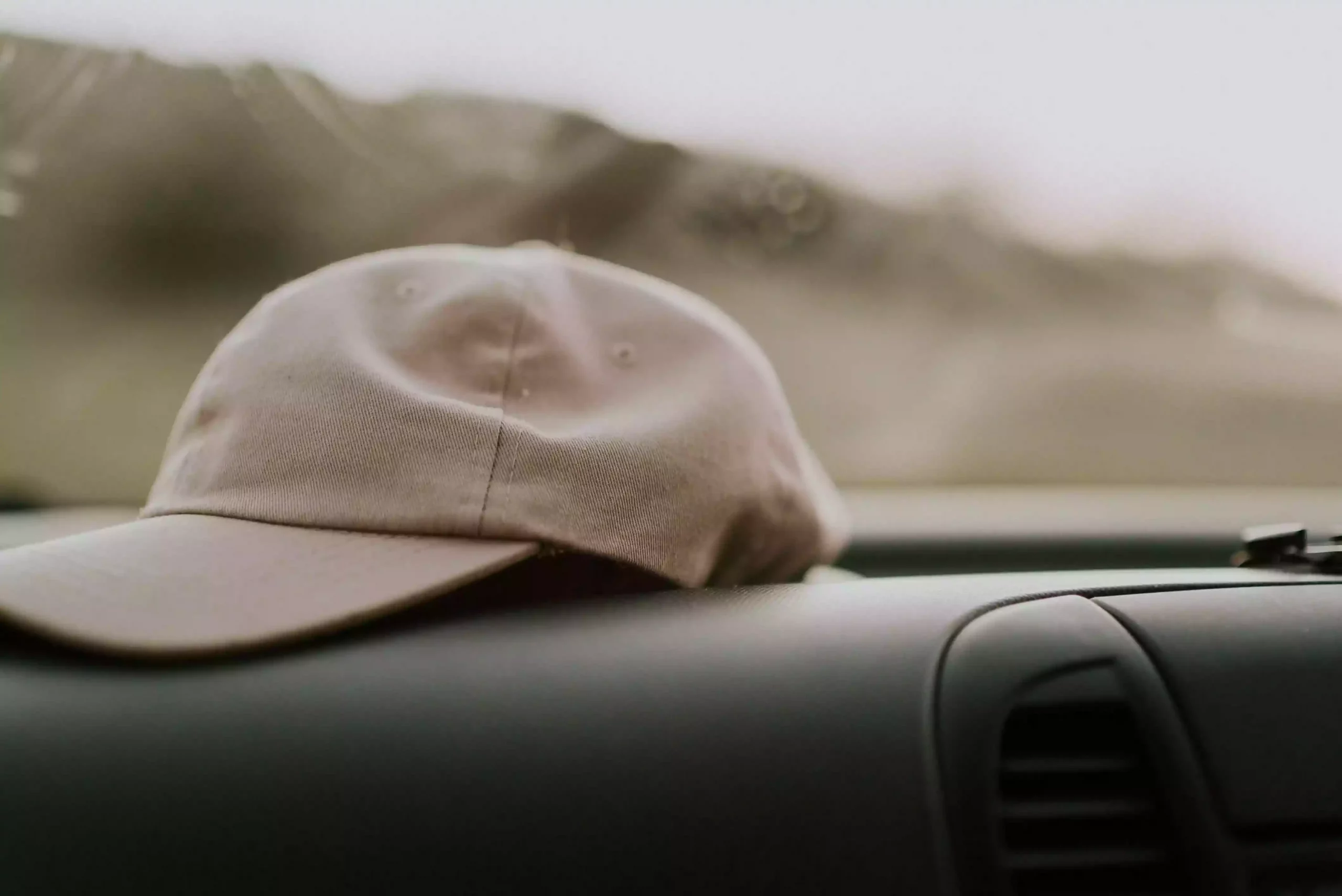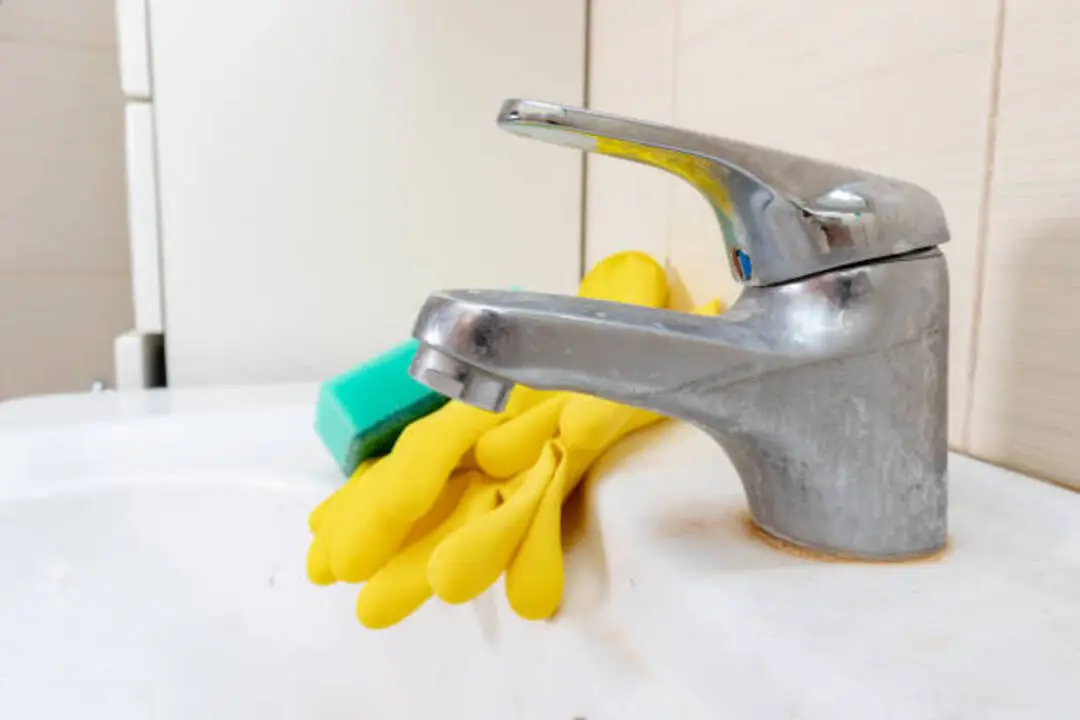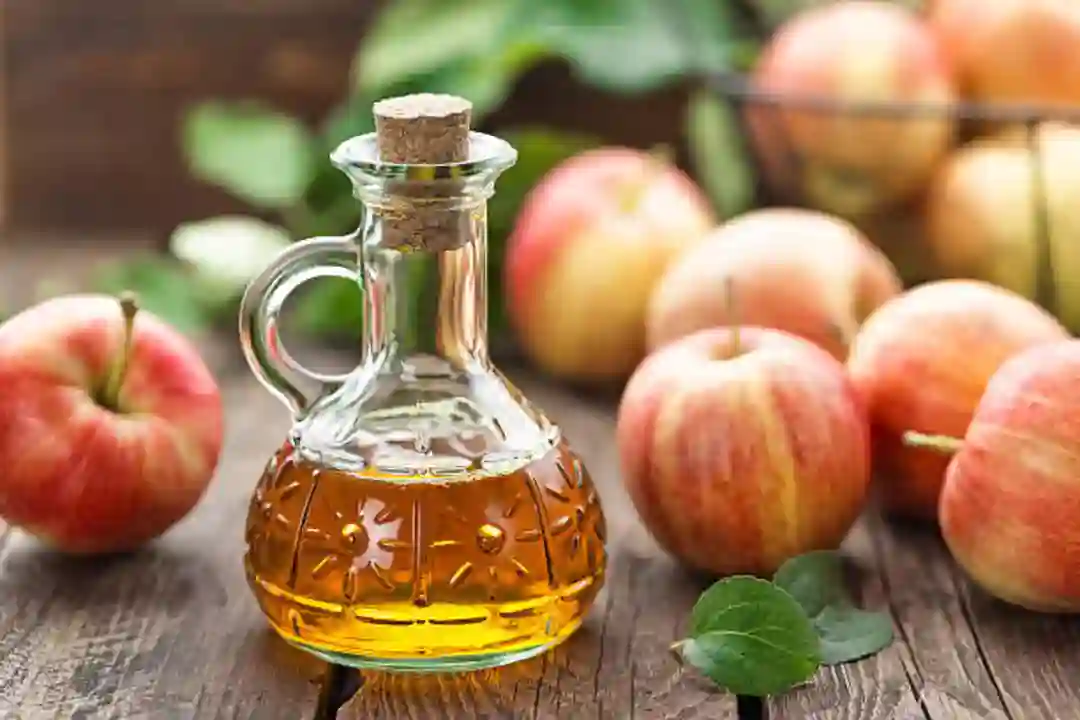Is that annoying glue residue clinging to your precious leather, ruining its look? If you’re nodding in agreement, it’s important to know that not all methods of removing such stains are safe for the leather.
This blog post is here as a guiding light towards restoring the pristine condition of your much-loved leather items. So dive into our comprehensive guide and let’s make that stubborn adhesive history!
Key Information
- Different types of glue require different removal methods, such as scraping, using nail polish remover or rubbing alcohol, or using mild soap and warm water.
- It is important to consider the type of leather you are dealing with when removing glue residue and choose a removal method suitable for that type of leather.
- Avoid common mistakes like using excessive force or sharp objects, using harsh chemicals, skipping the test patch, applying too much liquid, and not drying and conditioning the leather afterward.
- To prevent oil stains on leather shoes, use protective sprays or conditioners regularly, clean spills immediately, avoid oily substances, and store them properly.
Factors to Consider when Removing Glue Residue from Leather
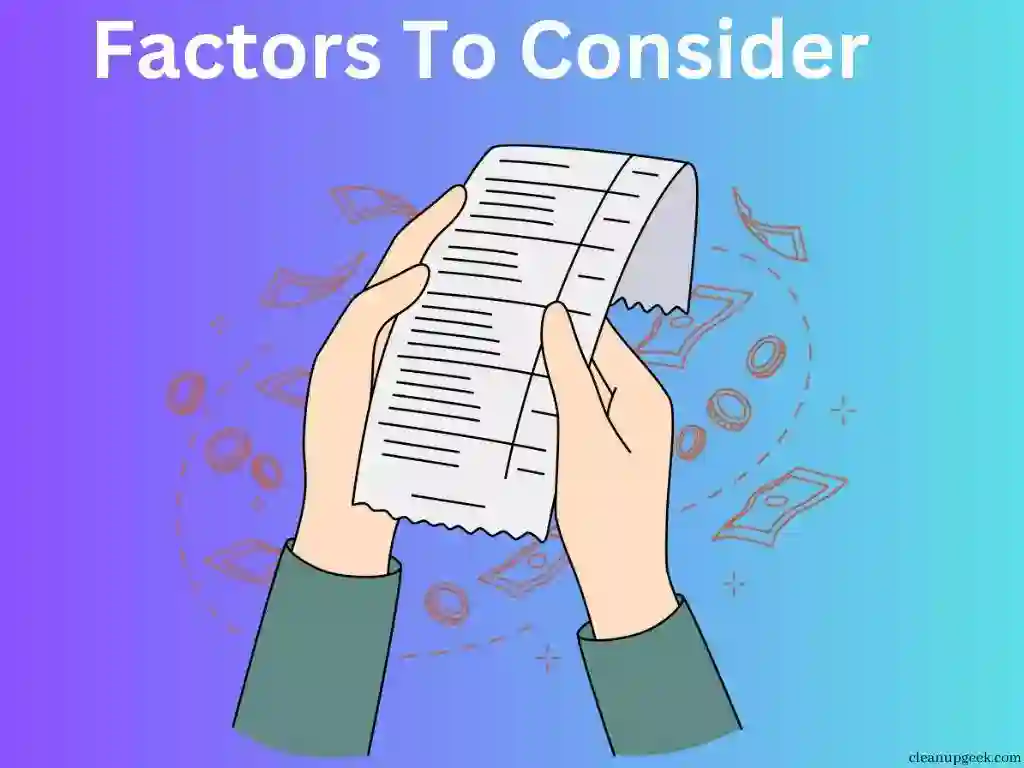
When removing glue residue from leather, there are several factors to consider.
1. Type of glue
Some glues are easy to remove from leather. Others are not. Super glue and hot glue stick hard to the leather. They leave behind a thick mess when you try to move them. Craft glue and school glue are easier to deal with.
You can pull or wipe them off with a bit of effort. You may need nail polish remover for tougher stains, like super glue, but be careful! It has acetone, which can harm some types of leather.
2. Type of leather
There are different types of leather, and it’s important to consider the type you’re dealing with when removing glue residue. Some common types of leather include full-grain, top-grain, corrected-grain, and suede.
Each type has its own characteristics and requires specific cleaning methods. For example, full-grain leather is known for its durability and natural look, while suede is more delicate and prone to staining.
When choosing a removal method, make sure it is suitable for the type of leather you have to avoid causing any damage. It’s always a good idea to test the method on a small area first before applying it to the whole surface.
3. Test on a small, inconspicuous area
Before you start removing glue residue from leather, it’s important to test the removal method on a small and inconspicuous area of the leather. This will help you see if the method is safe for your specific type of leather and avoid any potential damage.
Take a small amount of the cleaning solution or solvent you plan to use and apply it to an unseen part of the leather, such as under a flap or on the backside. Gently rub or dab with a cloth and observe any adverse reactions like discoloration or texture changes.
If there are no negative effects, you can proceed confidently with removing the glue stains from your leather item.
4. Use gentle methods
To remove glue residue from leather, it’s important to use gentle methods. Using excessive force or sharp objects can damage the leather. Instead, try gently scraping the glue with a blunt object like a spoon or credit card.
If that doesn’t work, you can use some nail polish remover or rubbing alcohol on a clean cloth to dab at the stain. Another option is to mix mild soap and warm water, then use a sponge to lightly scrub the area.
White vinegar diluted in water can also be used as a gentle solution for removing glue stains from leather. And remember, after removing the stain, make sure to dry and condition the leather properly to keep it in good condition.
Best Way to Remove Glue Stains from Leather
To remove glue stains from leather, try gentle scraping with a blunt object, using nail polish remover or rubbing alcohol, or applying a mixture of mild soap and warm water. Read on for more effective methods!
1. Gentle scraping with a blunt object
To remove glue residue from leather, one effective method is to gently scrape the affected area with a blunt object. This can help loosen and lift the dried glue without causing damage to the leather surface.
Remember to be careful and gentle when scraping to avoid scratching or tearing the leather. You can use a plastic scraper, a spoon, or even your fingernail as long as it’s not sharp.
After scraping off as much of the glue as possible, you can proceed with other cleaning methods to remove any remaining residue. Make sure to test any cleaning products on a small, inconspicuous area of the leather first before applying them to larger areas.
2. Using Nail polish remover
One effective solution for removing glue stains from leather and suede is nail polish remover. Nail polish remover contains acetone, which helps to dissolve the glue residue. To use it, simply apply a small amount of nail polish remover to a clean cloth and gently dab at the stain.
Be sure to test the nail polish remover on a small, inconspicuous area first to make sure it doesn’t cause any damage or discoloration to the leather. After removing the glue stain, be sure to clean and condition the leather properly to keep it looking its best.
3. Using Rubbing alcohol
Rubbing alcohol is a handy solution for removing glue stains from leather. It’s effective and easy to use. Simply apply a small amount of rubbing alcohol onto a clean cloth, then gently dab the stained area.
Rubbing alcohol helps dissolve the adhesive residue without damaging the leather. Afterward, make sure to dry the leather thoroughly and apply a conditioner to keep it soft and supple.
Remember, always test on a small, inconspicuous area before applying rubbing alcohol to the entire stain.
4. Using Mild soap and warm water
To remove glue stains from leather, you can use mild soap and warm water. Mix a small amount of mild soap with warm water to create a gentle cleaning solution. Dampen a clean cloth or sponge with the solution and gently blot the glue stain on the leather surface.
Avoid scrubbing too hard as it may damage the leather. Once you have removed the stain, wipe off any excess moisture with a dry cloth and allow the leather to air dry completely. Remember to avoid using harsh chemicals or excessive force when cleaning your leather items to prevent further damage.
5. Using White vinegar
To remove oil stains from leather, you can use white vinegar mixed with water. Just combine one tablespoon of white vinegar with one cup of water. Then, soak a sponge or clean cloth in the solution and gently dab it onto the oil stain on the leather.
The acidity in the vinegar helps to break down and lift the oil stains from the leather surface. Remember to be gentle when applying the solution and avoid rubbing too vigorously, as this can damage the leather.
After removing the oil stain, make sure to dry and condition the leather properly to keep it looking its best.
Additionally, white vinegar is also useful for cleaning other types of stains on leather. It can help remove dirt, grime, and even mildew from leather surfaces. Just mix equal parts of white vinegar and water in a spray bottle, then spray it onto a clean cloth and wipe down your leather items.
This will help remove any built-up residue without causing any harm to your precious leather possessions.
Mistakes to Avoid when Removing Glue Stains from Leather
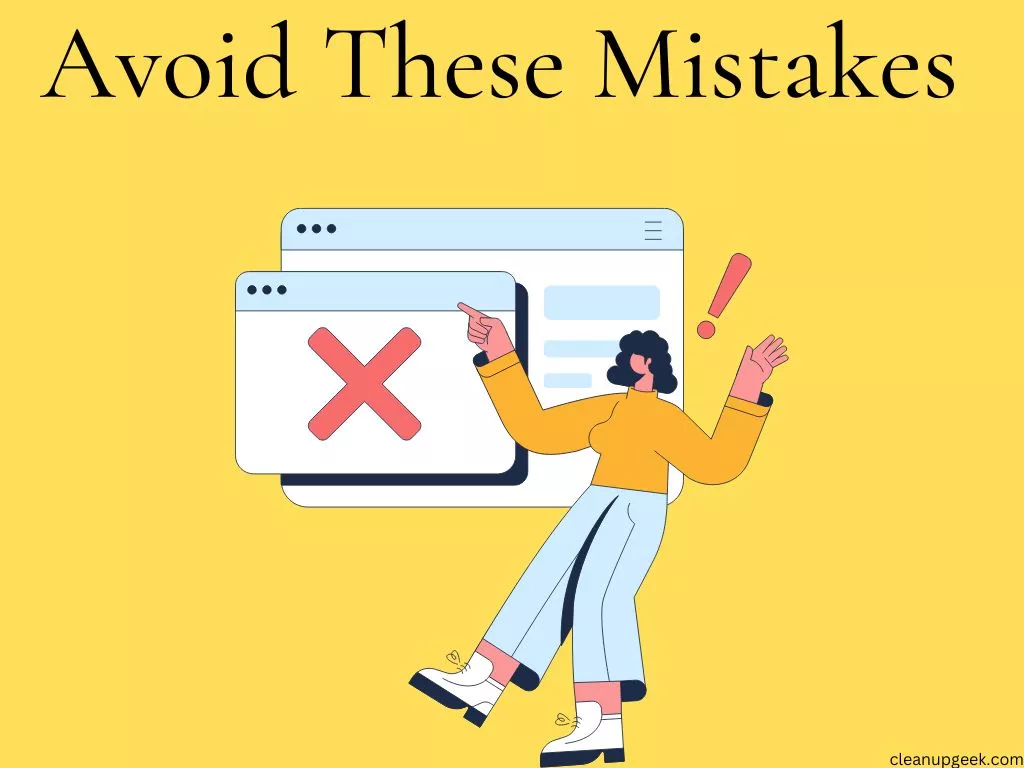
Using excessive force or sharp objects can cause further damage to the leather. Harsh chemicals should also be avoided as they can strip the leather of its natural oils and cause it to dry out.
Always remember to test on a small, inconspicuous area before applying any cleaning solution, and avoid applying too much liquid, as this can saturate the leather and lead to discoloration or warping.
Lastly, make sure to thoroughly dry and condition the leather after removing the glue stains to keep it looking its best.
1. Using excessive force or sharp objects
When removing glue stains from leather, it’s important to avoid using excessive force or sharp objects. Scrubbing too hard or using tools like knives or scissors can damage the leather surface and leave visible marks.
Instead, opt for gentle methods that won’t cause harm. Using a blunt object like a plastic scraper can help in gently scraping off the dried glue without causing any scratches. It’s crucial to handle the removal process with care to preserve the quality and appearance of your leather items.
2. Using harsh chemicals
When removing glue residue from leather, it is important to avoid using harsh chemicals. These chemicals can damage the leather and cause it to lose its natural shine and texture. Instead, opt for gentle methods that are safe for the leather.
For example, you can try using mild soap and warm water or white vinegar mixed with water to remove the stains. Rubbing alcohol can also be effective in breaking down the glue residue without harming the leather.
It’s important to remember that excessive force or sharp objects should never be used when trying to remove glue stains from leather as they can cause further damage. By choosing gentle methods and avoiding harsh chemicals, you can effectively remove glue residue from leather without compromising its quality.
3. Skipping the test patch
Before attempting to remove glue stains from leather, it’s important not to skip the test patch. This means trying out the stain removal method on a small, inconspicuous area of the leather first.
By doing this, you can ensure that the method you choose doesn’t cause any damage or discoloration to your valuable leather items. Skipping the test patch can lead to unforeseen consequences and potentially irreparable damage.
It’s always better to be safe than sorry when it comes to removing glue stains from leather.
4. Applying too much liquid
When removing glue stains from leather, it is important to avoid applying too much liquid. Excess liquid can seep into the leather and cause damage or discoloration. Instead, use a small amount of the cleaning solution and apply it gently using a clean cloth or sponge.
It is also crucial to blot the stain instead of rubbing it vigorously, as this can spread the glue residue further and make it harder to remove. By being cautious with the amount of liquid used, you can effectively remove glue stains from leather without causing any harm to its appearance or quality.
5. Not drying and conditioning the leather afterward
After removing glue stains from your leather, it’s important to not forget the last step: drying and conditioning the leather. This is crucial for maintaining its quality and preventing damage.
When moisture gets trapped in the leather, it can lead to mold or mildew growth, which can ruin the material. To prevent this, make sure to thoroughly dry the leather after cleaning by patting it with a clean towel or allowing it to air dry naturally.
Additionally, applying a leather conditioner will help restore moisture and keep the leather soft and supple. Regular conditioning also extends the lifespan of your leather items. So don’t skip this final step in preserving your beautiful leather goods!
Preventing Oil Stains on Leather Shoes

To prevent oil stains on your leather shoes, be sure to use a protective spray or conditioner regularly. Clean up spills immediately and avoid contact with oily substances. Properly store your leather shoes to avoid any potential staining.
1. Use a protective spray or conditioner
To prevent oil stains on leather shoes, it’s important to use a protective spray or conditioner. These products create a barrier that helps repel liquids and prevent them from seeping into the leather.
When applying the spray or conditioner, make sure to follow the instructions provided by the manufacturer. It’s also a good idea to clean spills immediately using a soft cloth or sponge to absorb any excess liquid.
Additionally, avoid contact with oily substances as they can leave stains on the leather. Lastly, store your leather shoes properly in a cool, dry place away from direct sunlight to maintain their quality and prevent oil stains.
2. Clean spills immediately
If you accidentally spill something on your leather, it’s important to clean it up right away. Leaving spills to sit can cause stains and damage to the leather. To clean spills from leather, start by blotting up any liquid with a clean cloth or paper towel.
Avoid rubbing the spill, as that can spread it and make it harder to remove. Once you’ve blotted up as much liquid as possible, use a mild soap and water solution or a specific leather cleaner to gently wipe away the remaining residue.
Make sure to thoroughly dry the area afterward and apply a leather conditioner to keep the leather soft and supple. Remember, taking care of spills promptly will help maintain the quality and appearance of your leather items.
3. Avoid contact with oily substances
To prevent oil stains on leather shoes, it’s important to avoid contact with oily substances. Oils can seep into the leather and leave permanent stains. If you accidentally spill any oily substance on your leather shoes, clean it immediately using a blotting motion with a clean cloth or paper towel.
Avoid rubbing as this can spread the oil and deepen the stain. Once you’ve blotted up as much of the oil as possible, sprinkle talcum powder or cornstarch onto the stain and let it sit for several hours or overnight.
The powder will absorb the remaining oil before brushing it off gently with a soft-bristled brush. Remember to always store your leather shoes properly in a cool, dry place to prevent them from coming into contact with oils or other damaging substances.
4. Store leather shoes properly
To keep your leather shoes in good condition, it’s important to store them properly. First, make sure you clean the shoes before storing them. Use a soft cloth or brush to remove any dirt or dust.
Then, find a cool and dry place to keep your shoes. Avoid storing them in areas with high humidity or direct sunlight, as this can damage the leather. It’s also a good idea to stuff the shoes with tissue paper or shoe trees to help maintain their shape.
Finally, consider using dust bags or shoe boxes to protect your leather shoes from scratches and other damage while they’re being stored.
Frequently Asked Questions
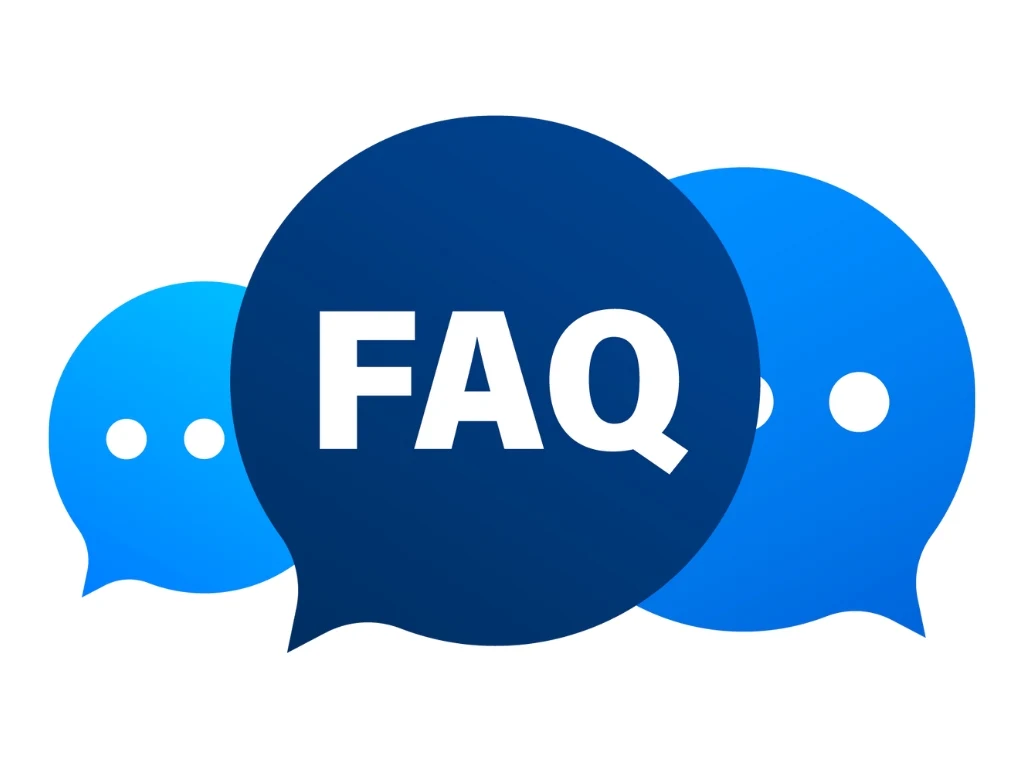
1. What are some best ways to remove glue residue from leather?
Easy ways of removing glue residue from leather include using a leather cleaner or nail polish remover that is free from acetone.
2. How can I avoid mistakes when cleaning glue stains on my leather shoes?
To avoid harm to your leather shoes, always test the stain removal method on a small spot first, and do not use very harsh cleaning products for the leather.
3. Can sticky residues be removed from all types of items like couches, purses, or car seats made of leather?
Yes, you can indeed get rid of sticky residues such as adhesive or superglue from any type of item if it’s made out of suede or other varieties of Leather!
4. Is there an effective guide to blotting off oil stains without damaging my favorite pair of leather footwear?
Yes! You should carefully blot and absorb excess oil with talcum powder which also assists in grease-stain removal while maintaining your shoe’s quality.
5. Are there certain factors I should bear in mind during this whole process?
Remember to not only focus on stain removal techniques but equally give importance to regular care and maintenance methods to keep your leathers long-lasting.
6. Will saddle soap aid me in getting rid of nasty glue marks left by stickers on my new purse?
Indeed, Saddle soap comes in handy not only for routine cleaning chores but also has a high potential at wiping off stubborn spill-overs and aids in preventing unwanted oily smudges often seen on purses.
Conclusion and final thoughts
Removing glue residue from leather requires considering factors such as the type of glue and leather. The best way to remove stains is by using gentle methods like scraping, nail polish remover, rubbing alcohol, mild soap and warm water, white vinegar, or a nail file/sandpaper.
Avoid mistakes like using excessive force or harsh chemicals. To prevent oil stains on leather shoes, use protective sprays or conditioners, clean spills immediately, avoid oily substances, and store them properly.
By following these tips and techniques, you can effectively remove glue residue from leather and keep your leather items looking clean and pristine.
